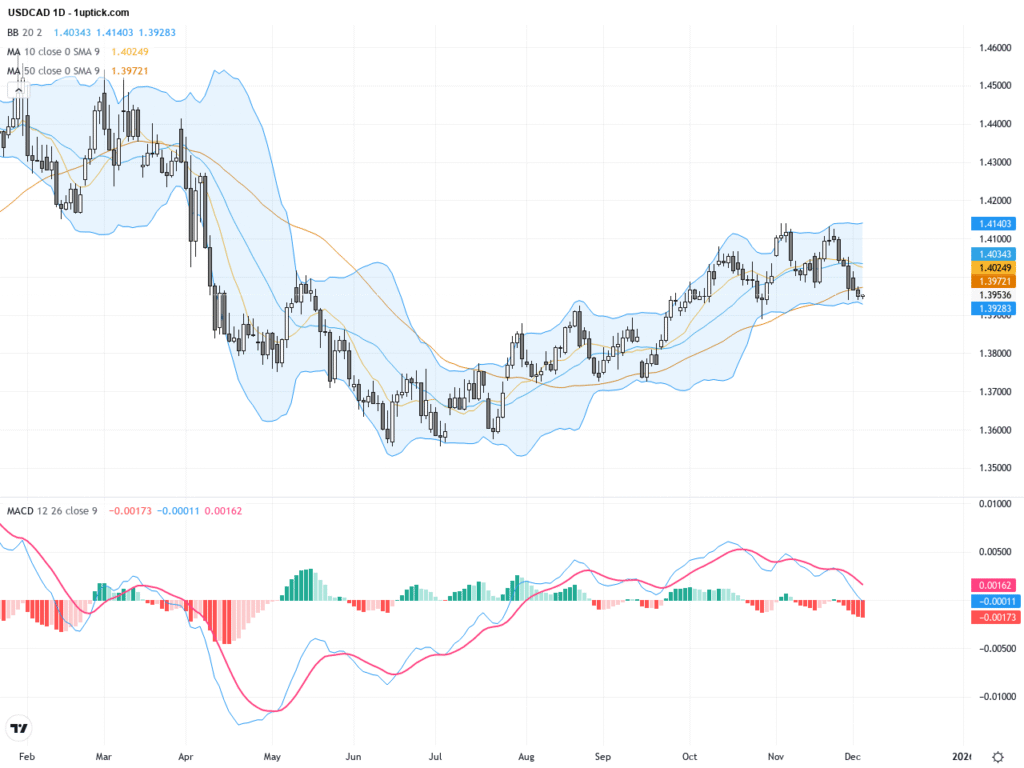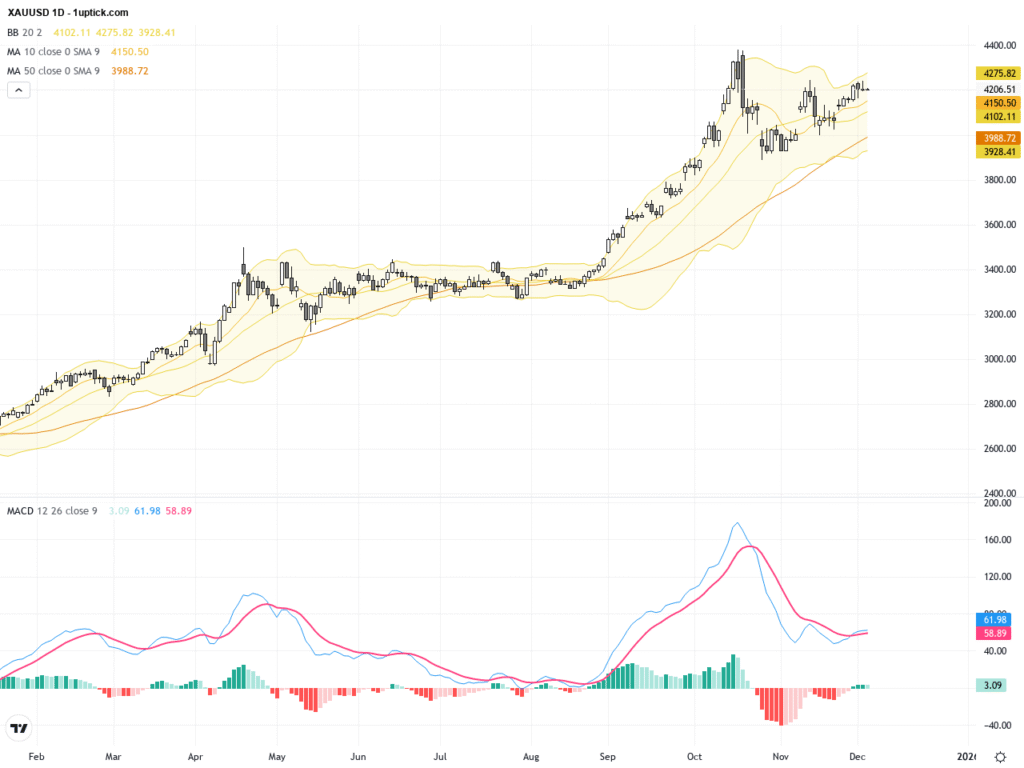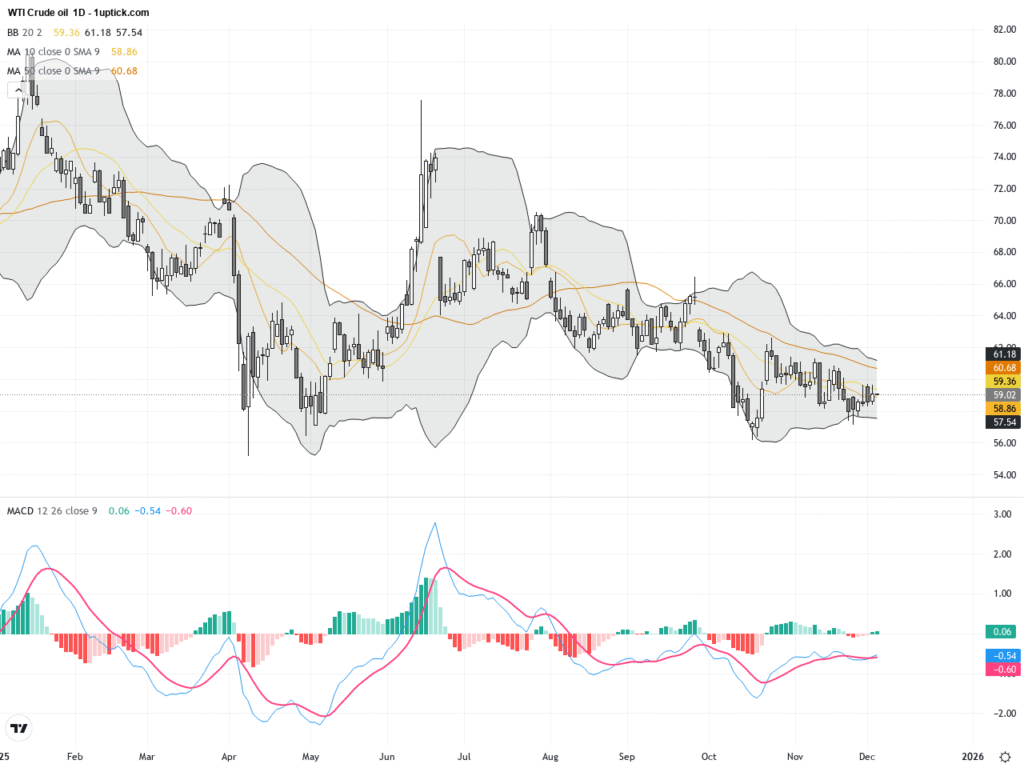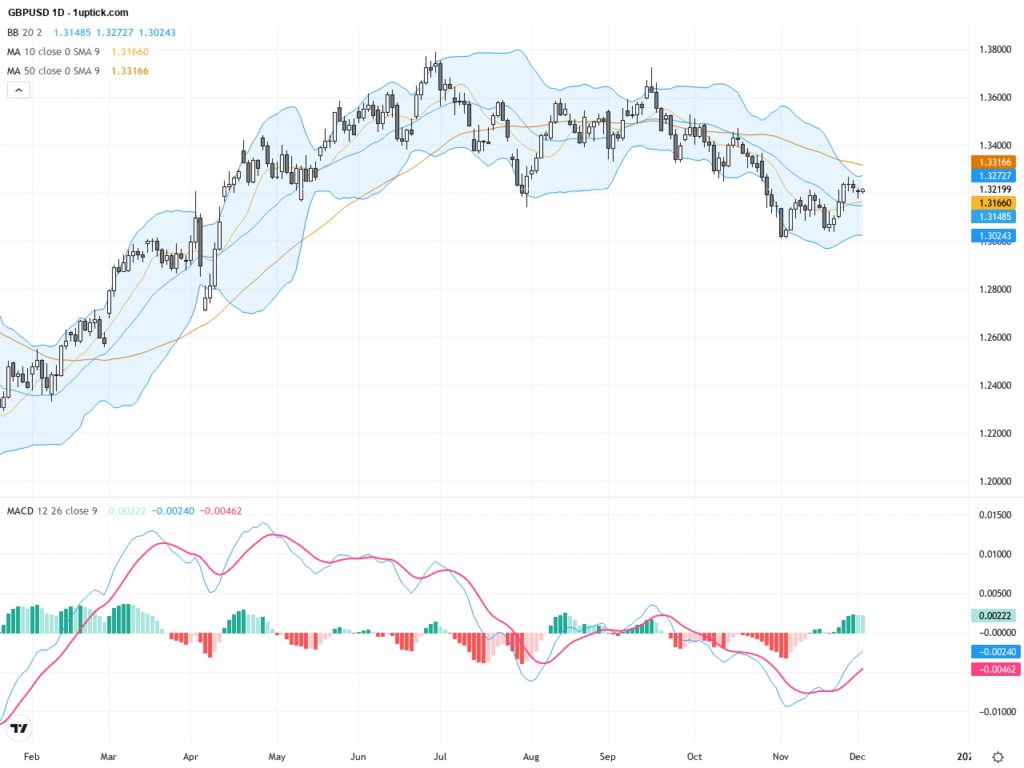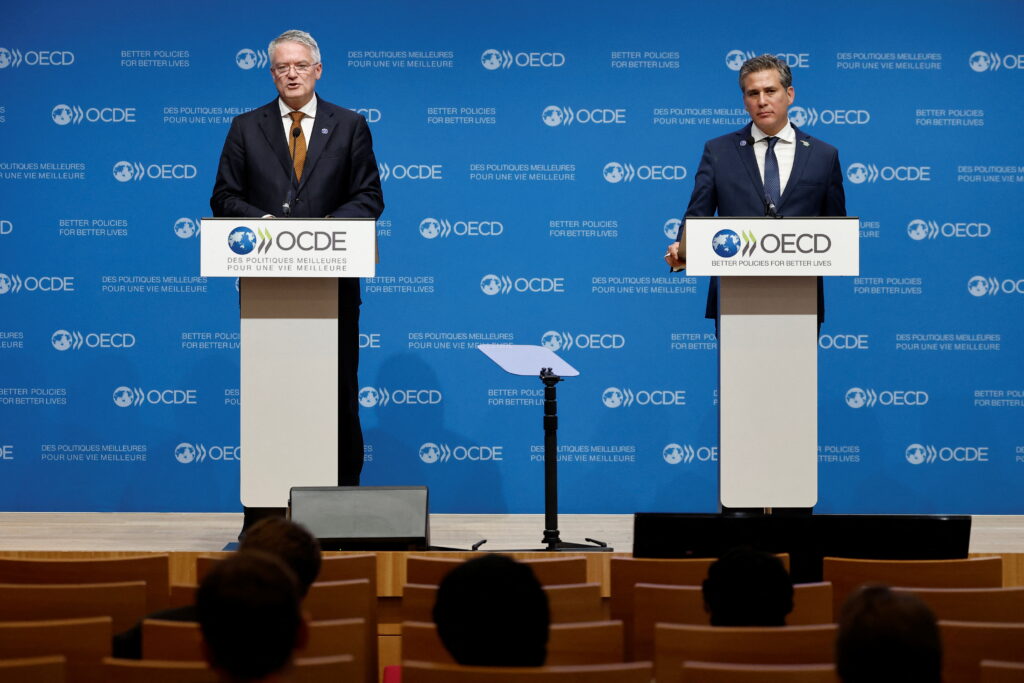 |
| Gold V.1.3.1 signal Telegram Channel (English) |

Hong Kong Property Market Outlook 2025: Balancing Supply, Demand, and Price Pressures Amid Recovery Trends
2025-08-17 @ 20:00
Hong Kong Property Market: Navigating Supply, Demand, and Pricing Pressures in 2025
In the wake of persistent volatility, Hong Kong’s property market has moved into a period of transition. The landscape is being reshaped by evolving supply-and-demand dynamics, changing government policies, and shifting buyer sentiment. For investors and homeowners alike, understanding these trends is essential to navigating the road ahead.
Recent Price Trends and Market Activity
Over the past year, Hong Kong’s housing prices have continued to fall, with some estimates pointing to annual declines as steep as 7-17%. This marks a cumulative potential drop of roughly 34% from the market’s 2019 peak. While lower prices have created pockets of opportunity, market sentiment remains cautious, influenced by high interest rates and subdued population growth.
Despite this softening, sales activity has recently picked up, driven by several factors. Stabilizing interest rates have helped revive buyer confidence, while mortgage rates have begun to ease thanks to a weakened Interbank Offered Rate (HIBOR). Developers have responded with aggressive pricing strategies, launching new projects at attractive price points and offering discounts to stimulate demand. This resulted in a noticeable uptick in residential transactions, with Q2 2025 seeing projected increases of up to 30% quarter-on-quarter and monthly volumes exceeding 5,000 units.
Government Policies and Developer Strategies
The Hong Kong government continues to intervene in the market to address sectoral imbalances and housing shortages. Measures such as increased stamp duties, land sale restrictions, and expansion of public housing have been implemented to stabilize prices and support affordability. While these initiatives have yet to fully resolve underlying challenges, authorities are monitoring inventory closely and adjusting policy levers as needed.
On the supply side, developers have adopted strategic approaches to moderate effective housing supply. Rather than flooding the market, many are adjusting construction timelines, repurposing unsold units for leasing, and optimizing project launch schedules. These tactics are designed to reduce inventory overhang and foster a more balanced competitive environment. Recent data suggests the supply pipeline is narrowing, with the number of potential units ready for immediate construction dropping sharply to multi-year lows.
Current Market Opportunities and Risks
For buyers and investors, the current climate offers both risk and reward. Falling property prices and competitive mortgage rates have made entry points more accessible, particularly for those seeking long-term value. Developers are actively courting these buyers with sales incentives and enhanced after-sales service.
Yet caution is warranted. The market remains susceptible to external shocks, such as geopolitical tensions and the potential escalation of international trade disputes. Continued inventory challenges, particularly elevated vacant stock, could further pressure prices in the near term. Retail and office sectors also face headwinds, with rising vacancy rates and downward pressure on rents despite improving transaction activity.
Outlook: Stabilization and a Path to Recovery
Looking forward, experts anticipate the market could reach equilibrium as inventory and demand come into better alignment. Adjusted developer strategies, a streamlined supply pipeline, and moderating macroeconomic headwinds all contribute to a cautiously optimistic outlook for late 2025 and beyond.
Key trends to watch include:
– Ongoing policy adjustments and new government measures aimed at controlling supply and boosting affordability.
– Developer-led shifts in project management, with a focus on releasing units in a controlled manner and prioritizing leasing over traditional sales in some cases.
– The potential for further price declines in both mass and luxury residential segments, possibly up to 5% over the course of the year.
– Signs of improvement in leasing volumes and transactional activity, especially in sectors such as finance, insurance, and asset management.
Navigating the Market in 2025
For market participants, the changing landscape calls for flexibility and due diligence. Buyers would do well to monitor ongoing supply reductions as developers strategically limit new launches. Investors should keep an eye on changing regulations and macroeconomic developments that could impact both price trajectories and rental yields.
In summary, Hong Kong’s property sector is adjusting to a new normal shaped by supply management, policy intervention, and shifting consumer sentiment. While challenges persist, there is real potential for gradual recovery driven by improving fundamentals and strategic market responses. By staying informed and agile, investors and homeowners can position themselves to benefit from the next stage of the market cycle.


